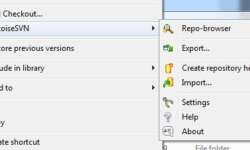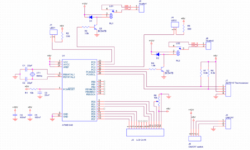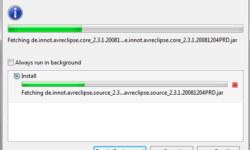EaseUS Data Recovery Wizard Free

In case you accidentally erase, format, or lose data on your computer, removable device, or laptop, EaseUS Data Recovery Wizard will help you recover all the lost data. The software is highly compatible and provides you a solution almost instantly. The software could recover various files ranging from images, videos, emails, audio files, and much more. The software is free, user-friendly, and secure for easy data recovery. The process to recover your lost data via Ease US Data Recovery is broken down into three basic steps; installation and launch the software, performing scan on your device, and recovering the lost data. There are various instances where a person may loose their data, such as a damaged hard drive, virus attack, formatting a drive, OS error or crash, or partition loss. EaseUS Data Recovery is a software that caters to all your problems and provides an efficient and quick solution to the problem.










